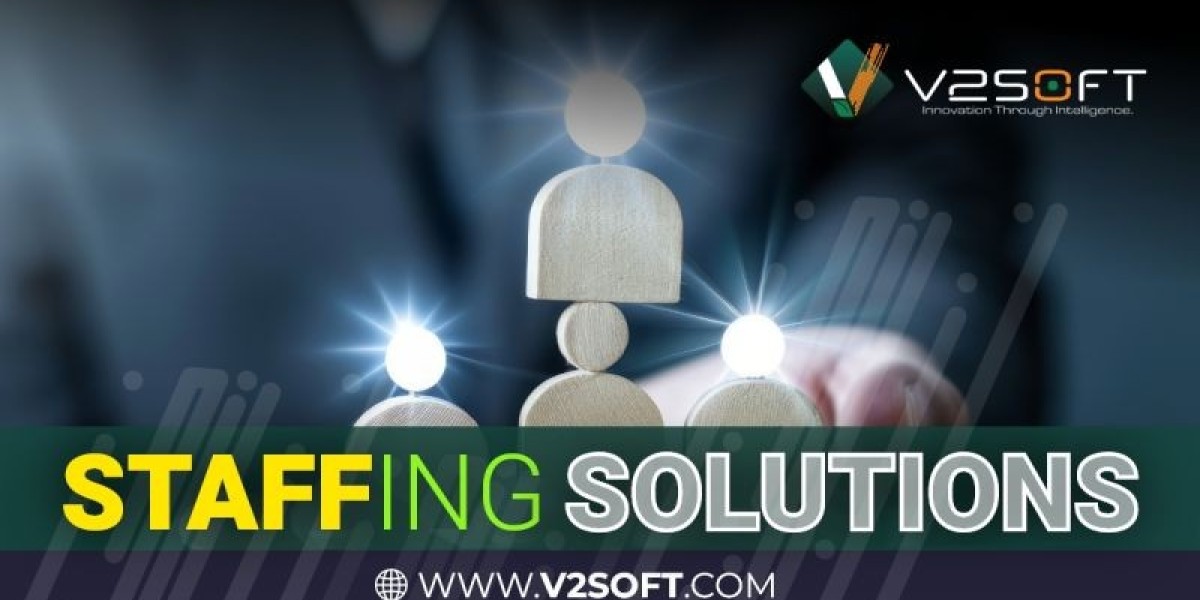Introduction
Cloud computing services have revolutionized the IT industry by providing scalable and cost-effective computing resources. Organizations increasingly rely on cloud platforms to enhance efficiency, security, and performance. This blog explores the latest trends in cloud computing, different types of cloud computing, Cloud AI services, and cloud computing testing. By understanding these aspects, businesses and individuals can leverage cloud computing to optimize their operations and stay ahead in the digital era.
Understanding Cloud Computing and Its Types
Cloud computing is a technology that enables the delivery of computing services over the internet. Cloud computing and its types include storage, processing power, databases, networking, and software applications. The primary types of cloud computing are:
1. Public Cloud
Public cloud services are hosted by third-party providers and are accessible via the internet. These services are available to multiple customers and operate on a shared infrastructure. Popular public cloud providers include Amazon Web Services (AWS), Microsoft Azure, and Google Cloud Platform (GCP). Public cloud computing offers scalability, flexibility, and cost-effectiveness, making it ideal for startups and enterprises.
2. Private Cloud
A private cloud is dedicated to a single organization and provides greater control over resources, security, and compliance. Unlike public cloud environments, private clouds are hosted either on-premises or by a third-party provider but used exclusively by one entity. This model is preferred by businesses handling sensitive data, such as financial institutions and healthcare organizations.
3. Hybrid Cloud
A hybrid cloud combines both public and private cloud environments, allowing businesses to optimize their IT infrastructure by balancing cost, security, and performance. Organizations use hybrid cloud computing to store critical data in a private cloud while leveraging the scalability of public cloud services for less-sensitive workloads. Hybrid cloud adoption is increasing as businesses seek flexibility and redundancy in their computing environments.
4. Multi-Cloud
A multi-cloud approach involves using multiple cloud service providers to meet different business needs. By adopting a multi-cloud strategy, organizations can avoid vendor lock-in, enhance reliability, and improve performance. Multi-cloud computing allows businesses to choose the best services from different providers while ensuring business continuity.
5. Community Cloud
A community cloud is a shared infrastructure among organizations with common concerns, such as regulatory compliance, security, or industry-specific requirements. This model benefits businesses in sectors like government, healthcare, and education, where collaboration and data sharing are essential.
Latest Trends in Cloud Computing
Cloud computing services continue to evolve, with new advancements shaping the future of digital transformation. The latest trends in cloud computing include:
1. Serverless Computing
Serverless computing allows developers to focus on writing code without managing the underlying infrastructure. Cloud providers handle server provisioning, scaling, and maintenance, enabling businesses to build and deploy applications more efficiently. Services like AWS Lambda, Azure Functions, and Google Cloud Functions are widely used for serverless computing.
2. Edge Computing
Edge computing processes data closer to its source rather than in centralized data centers. This reduces latency, enhances performance, and improves real-time decision-making. Industries such as healthcare, manufacturing, and IoT applications benefit from edge computing by enabling faster response times and reducing network congestion.
3. Cloud AI Services
Cloud AI services integrate artificial intelligence into cloud platforms, offering advanced machine learning capabilities. AI-driven cloud solutions enhance automation, analytics, and decision-making processes. Cloud-based AI services include:
- Machine Learning as a Service (MLaaS) – Cloud-based machine learning models for predictive analytics.
- Natural Language Processing (NLP) – AI-driven text and speech processing solutions.
- Computer Vision Services – Image and video analysis capabilities powered by AI.
- AI-Powered Chatbots – Intelligent virtual assistants for customer support and business automation.
Cloud AI services help businesses enhance productivity, optimize operations, and create personalized user experiences.
4. Hybrid and Multi-Cloud Adoption
Organizations increasingly adopt hybrid and multi-cloud strategies to optimize performance, security, and cost. Combining different cloud environments enables flexibility and redundancy. Businesses can use hybrid cloud solutions to maintain regulatory compliance while leveraging multi-cloud strategies to avoid over-reliance on a single provider.
5. Cloud-Native Technologies
Cloud-native technologies, such as Kubernetes and containerization, facilitate scalable and efficient cloud computing solutions. These technologies enhance agility and streamline deployment processes. Containers enable microservices architecture, improving software development and management in cloud environments.
6. Quantum Computing in Cloud
Quantum computing services are emerging within cloud platforms, enabling complex computations and problem-solving capabilities beyond classical computing. Companies like IBM, Google, and Microsoft are investing in cloud-based quantum computing solutions that offer immense processing power for scientific and business applications.
7. Cloud Security and Compliance
With rising cyber threats, cloud security remains a top priority. Advanced encryption, zero-trust security models, and regulatory compliance frameworks are gaining importance. Cloud providers are implementing robust security features, including multi-factor authentication, continuous monitoring, and AI-driven threat detection, to safeguard sensitive data.
8. Green Cloud Computing
Sustainability is a significant focus, with cloud providers investing in energy-efficient data centers and carbon-neutral cloud computing solutions. Companies aim to reduce their carbon footprint by utilizing renewable energy sources and optimizing data center operations.
Cloud Computing Testing: Ensuring Performance and Security
Cloud computing testing ensures the reliability, security, and performance of cloud applications. Key types of cloud computing testing include:
1. Functional Testing
Functional testing verifies application functionality in the cloud environment to ensure that it meets user requirements. Testers evaluate different software components to identify defects and improve system reliability.
2. Performance Testing
Performance testing evaluates the speed, scalability, and response time of cloud applications. It ensures that cloud services can handle varying workloads efficiently without performance degradation.
3. Security Testing
Security testing identifies vulnerabilities and ensures data protection. Cloud security testing involves penetration testing, vulnerability assessments, and compliance checks to mitigate security risks.
4. Load Testing
Load testing analyzes system behavior under heavy user loads to determine its stability and performance limits. This testing ensures that cloud applications can handle peak usage without failures.
5. Disaster Recovery Testing
Disaster recovery testing assesses backup and recovery strategies for cloud applications. Organizations conduct disaster recovery drills to validate their ability to restore services during outages.
Conclusion
Cloud computing services continue to drive innovation and digital transformation. The latest trends in cloud computing, including AI integration, edge computing, and hybrid cloud adoption, are shaping the future of technology. Cloud AI services enable intelligent automation, while cloud computing testing ensures reliability and security. Organizations leveraging these advancements can achieve enhanced efficiency, scalability, and competitiveness in the digital era. As cloud technology evolves, businesses must stay informed about emerging trends and best practices to maximize the benefits of cloud computing.



